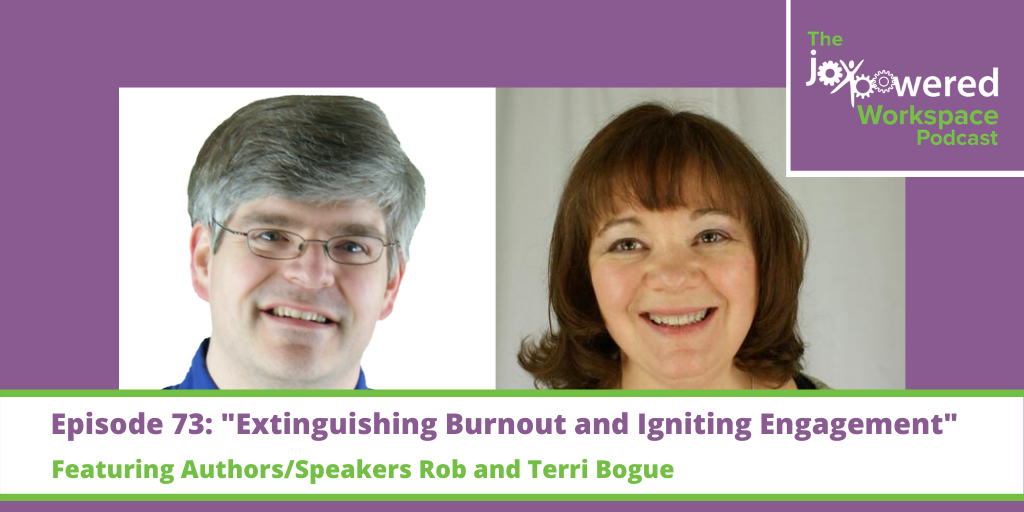There’s controversy around personality testing. Despite that, nearly everyone has heard of or taken a version of the Myers-Briggs Type Indicator (MBTI) test. The test is designed to identify your natural state. That is, it’s designed to help you to understand the conditions for life that are most favorable to your personality. While this is a good starting point, you may find that expanding the range of situations and conditions that can be positive and life-giving will provide protection against burnout.
Adaptive Range
If you put two people together who score similarly on the MBTI, they’ll quickly understand each other. They’ll find that the other person just makes sense, because the things that motivate them are likely to motivate the other person. Of course, everyone is different, but there will be that air of “it just makes sense.”
If our goal in our lives is to better understand and work with others, then extending this effect to folks who are less like us can be useful. Adaptive range is building our ability to work with and connect with people who are different than us. The further we can reach across differences, the more we will understand the other person and their perspective – and that means working more effectively with them. That starts with acceptance.
Acceptance
We’re wired by evolution to be suspicious of people who are not like us. We’ve been taught to be wary of those who are different, and that extends to those who are psychologically different from us. The good news is that we can override these biases and learn to embrace people who are different from us.
Developing acceptance of others as a key principle makes it easier for us to get along in the world and, ultimately, for us to avoid burnout. When we spend less time worried about the differences, we have the opportunity for greater feelings of efficacy.
Improving the Introversion/Extroversion Difference
As an example of improving acceptance, take the introversion/extroversion scale of the MBTI. A strong extrovert will love being the life of the party and being with everyone. They’ll struggle, by their nature, to understand someone that prefers a good book or an in-depth, one-on-one conversation with a close friend. Similarly, a strong introvert won’t like crowds, noise, or the chaos that comes with large numbers of people. However, both can build understanding of the way that the other is motivated – and they can find ways of getting used to experiences that are just outside of their comfort zone.
Perhaps both could extend their adaptive range by learning to enjoy dinner parties with just a few couples who move past the pleasantries and talk about topics that are important to them. With repetition, this can become easier and life-giving for both extremes.
Understanding to Live Giving
The tricky bit that often happens during these experiences without us realizing it is that we learn to extract the things that are life-giving, and we ignore, discount, or discard those aspects that aren’t. In the above example, the introvert may find that speaking in a side-conversation to one of the others helps them find life in the event, and the extrovert may revel in the coordination and hosting of the event.
As you recognize the ways that the other person lights up in their favorite aspects of the situation, you learn how to shape conversations and experiences with them in ways that make everyone more understood and happier. We’re creating experiences that aren’t native for us but are adaptive to both our needs and the needs of those we’re working to connect with.
Adapting Around Burnout
The benefits of acceptance, understanding, and finding places of commonality is that we’re able to work more effectively as a team. This expands the results we see and makes us feel like we’re more effective at getting the work done and working with others.










